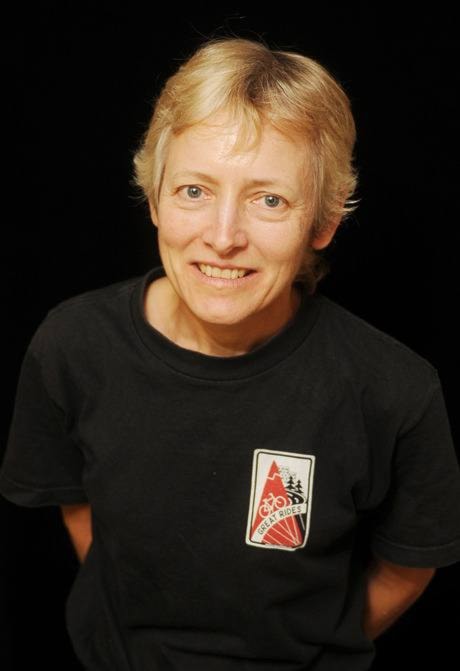Municipal finance manager Paul Gill has, thankfully, publicly sounded the alarm about sprawl.
Maple Ridge needs to change the way it grows.
Undoubtedly Mr. Gill has explained this significant problem in more depth to our council members. So far, however, they’re happily continuing down the same sprawling path, seemingly oblivious to the horrendous long-term cost they’re saddling the district with.
What voters need to understand is that it’s imperative that we put a stop to the way our municipality – as so many others – continues to expand into our forests and agricultural lands. We just can’t afford it.
Much of the land now being eaten up by is not terribly suitable for development to begin with, often located on hillsides, with many gullies and fish-bearing streams and other features that make it even more costly to develop, maintain and service.
While it’s my role to advocate for and promote cycling, it’s obvious that HUB’s mission is sometimes pretty difficult to accomplish in suburbs like Maple Ridge, where car-dependent sprawl shows no signs of slowing down.
Cycling is just part of the bigger picture of creating more livable and sustainable communities, and a well-planned, livable and efficient community is what’s needed to make cycling a more appealing option for most.
Nothing works as well as some estimates of possible savings by other municipalities to make people think about how it might be affecting their own property tax bills right now, and even more so in the future.
Halifax estimates that by building 25 per cent of new homes in the urban core instead of the present 16 per cent, it will be able to save about $66 million in the next 20 years.
Calgary calculated that by building 50 per cent of new homes in the urban core as opposed to the present 16 per cent, it will be able to save about $1,760 million in the next 20 years.
In Edmonton, costs related to just 17 of more than 40 new planned developments are expected to exceed tax revenues by nearly $4 billion over the next 60 years.
In London, Ontario, capital costs in the case of sprawl are estimated to be $2.7 billion higher, and operating costs $1.7 billion more than for compact growth over a 50-year period.
OK, so we know now that we’re all paying for certain costs of sprawl through our property taxes or rents, such as more extensive infrastructure, emergency services, libraries, community centres. But there are many ways other than through property taxes that sprawl is also costing us dearly.
The cost of providing gas, electricity, phone and postal service to our homes is also shared by all, which means more subsidies for sprawling developments.
Subsidies for cars is a really big one, let’s face it. Only a little more than half of the $29 billion spent on Canadian roads every year is paid by drivers; $13 billion is subsidized. That’s close to $400 for every man, woman and child in Canada, and more than $600 for every road motor vehicle.
Some entitled drivers cry foul when a tiny fraction of that is spent on cycling.
Those who drive into Vancouver every day from east Maple Ridge should probably instead be thankful for the contribution made by cyclists to the subsidy they receive for every trip.
The subsidy for cars certainly doesn’t end there. Free parking is also a huge one – according to U.S. estimates in the billions of dollars per year in Canada – again making the choice for individuals to live in the suburbs even more appealing.
Instead of ‘user pay’, we all pay whether we use it a lot, a little, or not at all. The indirect costs of automobile use (such as emissions, congestion, noise), estimated to be $27 billion per year, is yet another cost that is not just borne by drivers, but by all of society, including and especially by those who live in town centres and don’t drive themselves.
Increased numbers of deaths and injuries as a result of motor vehicle accidents constitute another cost, in which case pedestrians and cyclists actually pay a much higher price than motorists. Even though drivers are to blame in at least half of all cases, they’re often the ones loudly blaming the more vulnerable victims.
The rise in obesity-related illnesses and deaths due to over-reliance on motor vehicles leads to significantly higher health care costs, which – again – we all pay for.
We’re also paying for it through loss of eco-systems and agricultural land.
It’s a nation-wide problem. Provincial and federal governments need to change policies and legislation that encourage sprawl and limit the ways municipalities can presently deal with the issue.
Jackie Chow is a member of the Maple Ridge-Pitt Meadows chapter of HUB.
